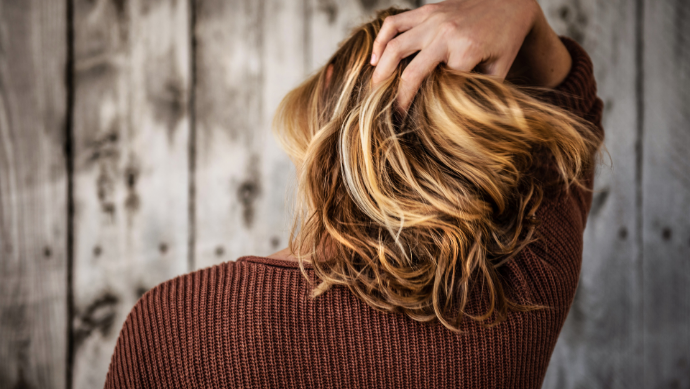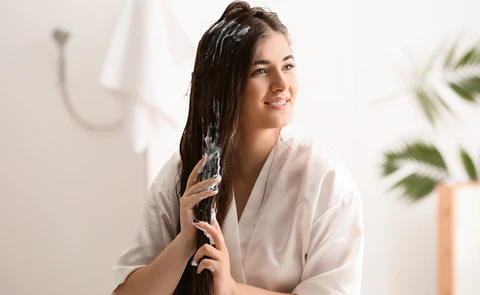There are so many people who are going the more natural route when it comes to beauty. One of the things that they are doing is substituting their hair products with ones made with only natural ingredients. If you are tempted to join the natural beauty product trend, here are some natural cleansers that you can DIY at home to substitute your store-bought shampoos.
Coconut Milk
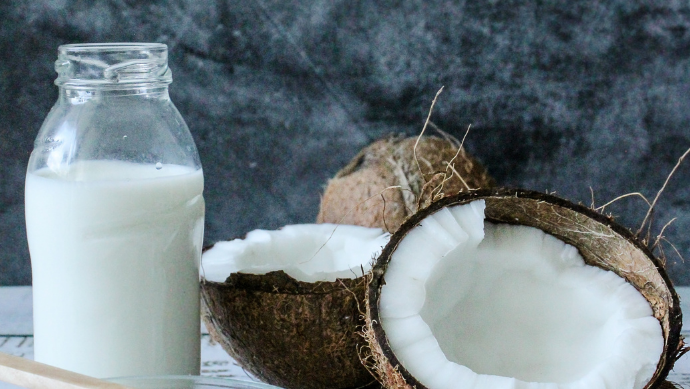
Coconut milk has always been a popular ingredient for hair cleansers and conditioners, so it only makes sense to use it as a natural cleanser. The ingredient is very moisturising, and it also helps to soften the hair and skin, which is great for those who deal with rough hair or dry scalp. However, coconut milk can be overwhelming when used on its own because of its richness. You will need to mix a few other ingredients to make the cleanser work efficiently.
If you want to make your own coconut milk shampoo, you will need 1 can of pure coconut milk, ¾ cup of pure castile soap from any brand, 1 teaspoon of Vitamin E oil that can be found in health supply stores and pharmacies, and 1 teaspoon of coconut oil. You can also substitute coconut oil for other oils like lavender oil, argan oil, or even almond oil. The castile soap will help the mixture lather up slightly, but do not worry if it does not produce much foam. Since you will only need a small amount of shampoo, around 2 teaspoons per wash, this entire mixture can last you about a month.
Apple Cider Vinegar
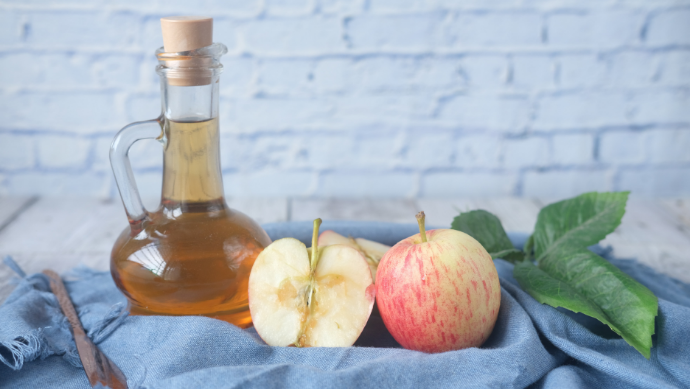
Many hair experts and enthusiasts love using apple cider vinegar as a substitute for shampoo. Not only is it a great exfoliator and cleanser for your scalp, but also helps to reduce frizz in your hair. Apple cider vinegar also contains anti-fungal properties, which help to reduce dandruff without drying out the scalp. Before you put apple cider vinegar into your hair, you will need to dilute it with water, or else your scalp would get irritated.
This cleanser is made with only two ingredients – apple cider vinegar and water. Add 2 tablespoons of raw apple cider vinegar into 1 ½ cups of water. If you have oily hair, you can double the amount of apple cider vinegar but do not put any more than that. Mix everything in a spray bottle for easy application. When using this cleanser, you will want to get every part of the hair coated. Therefore, the best way to apply this mixture is to divide your hair into different small sections first, then spray the cleanser onto each one individually. Massage the mixture into the scalp and hair, let it sit for 4 minutes before rinsing off all residue of the cleanser.
Water
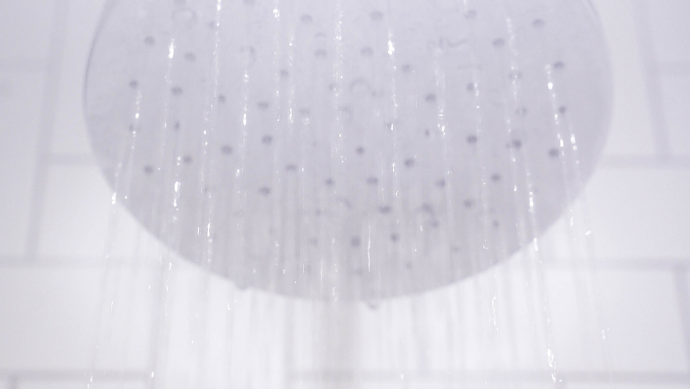
Many people think that having oily hair means that your hair is dirty but that is not the entire truth. Our skin produces natural oils that help to keep it moisturised and while it can get greasy from foreign pollutants, we are not supposed to wash out all the oil in our scalp and hair. Many shampoos contain chemical cleaning agents that strip away all these naturally occurring oils, which can cause our scalp and hair to get dry and brittle. If you have dry hair, the best natural cleanser for you is just clean water. It might sound weird to only wash your hair with water, but it is a cleansing method that is getting increasingly popular. What you want is for the water to get rid of the dirt and sweat from your hair and scalp without removing any of the natural oils so that your hair will stay clean yet naturally moisturised.
However, this method might not work if you are washing with hard water or water that has a high mineral content. So, you might want to check the pH level of your shower before proceeding with this method.
If you’re used to washing your hair with shampoo, this “only water” method may be difficult to introduce to your routine. As a result, if you want to start using this method, you should start slowly and gradually reduce your reliance on store-bought shampoos. If you normally shampoo twice a week or every two days, start reducing your regularity to once a week or every four or five days. Also, cut the amount of shampoo you use in half every time you shampoo. After 3 to 4 weeks of transitioning, you should be able to stop using shampoo entirely.
Brush your hair before showering to ensure that all the natural oils from your scalp are evenly distributed throughout the rest of your hair. You should do this with hot water in order for the heat and steam to soften the hair. Massage the scalp with your fingertips to loosen the oils and remove dirt and dead skin cells. Rinse your hair and repeat the process for a second time. You can use a wide-tooth comb or your fingers to detangle your hair.

